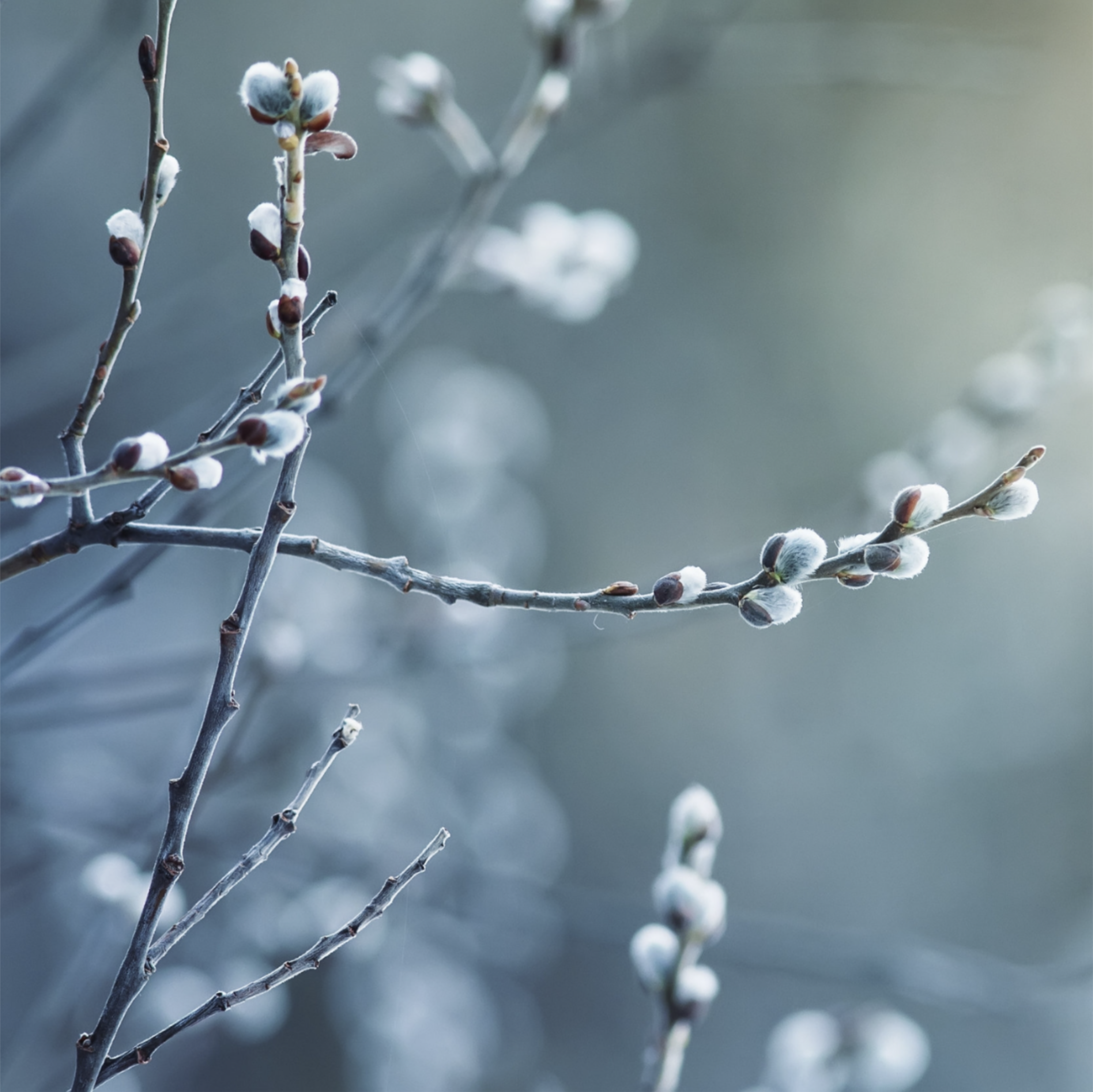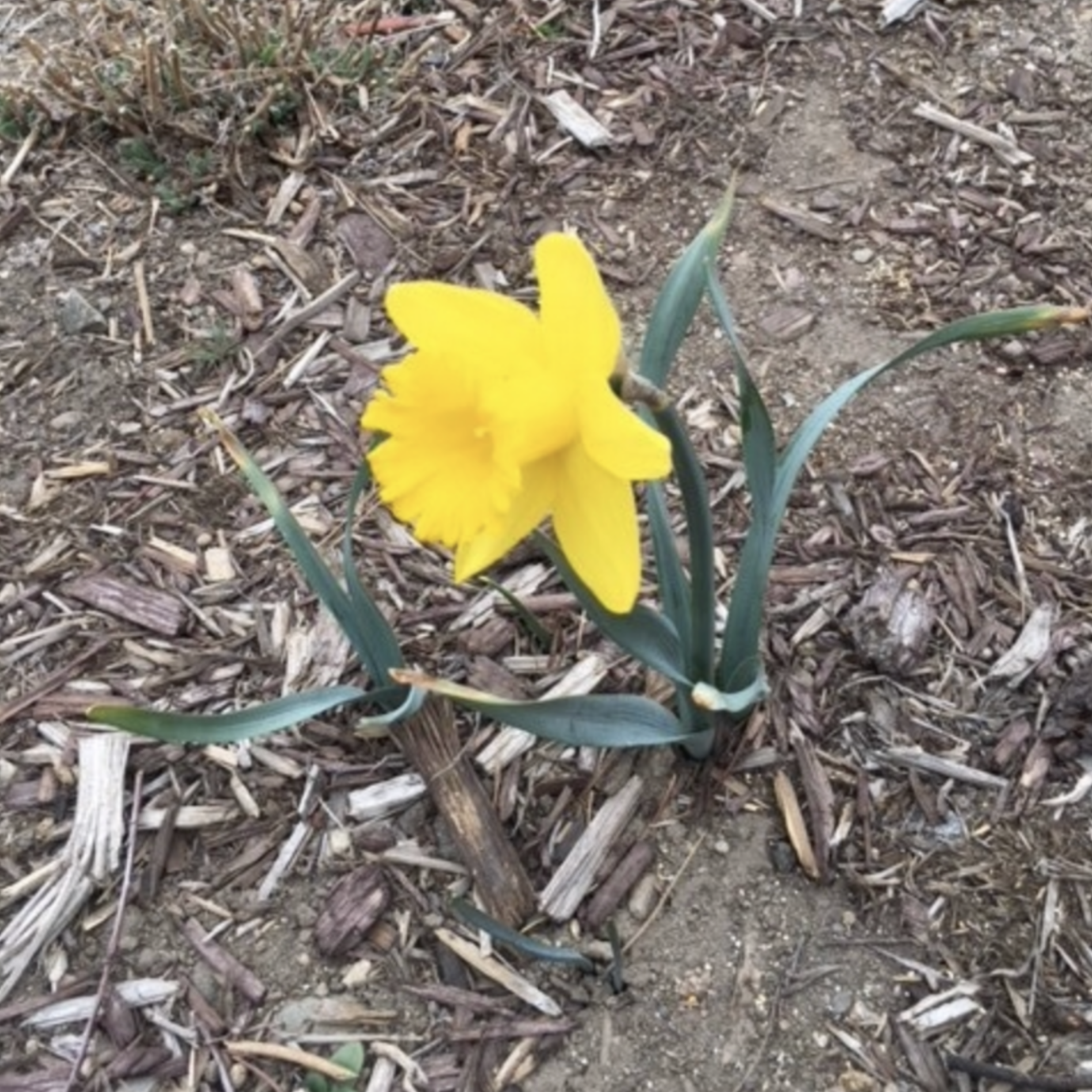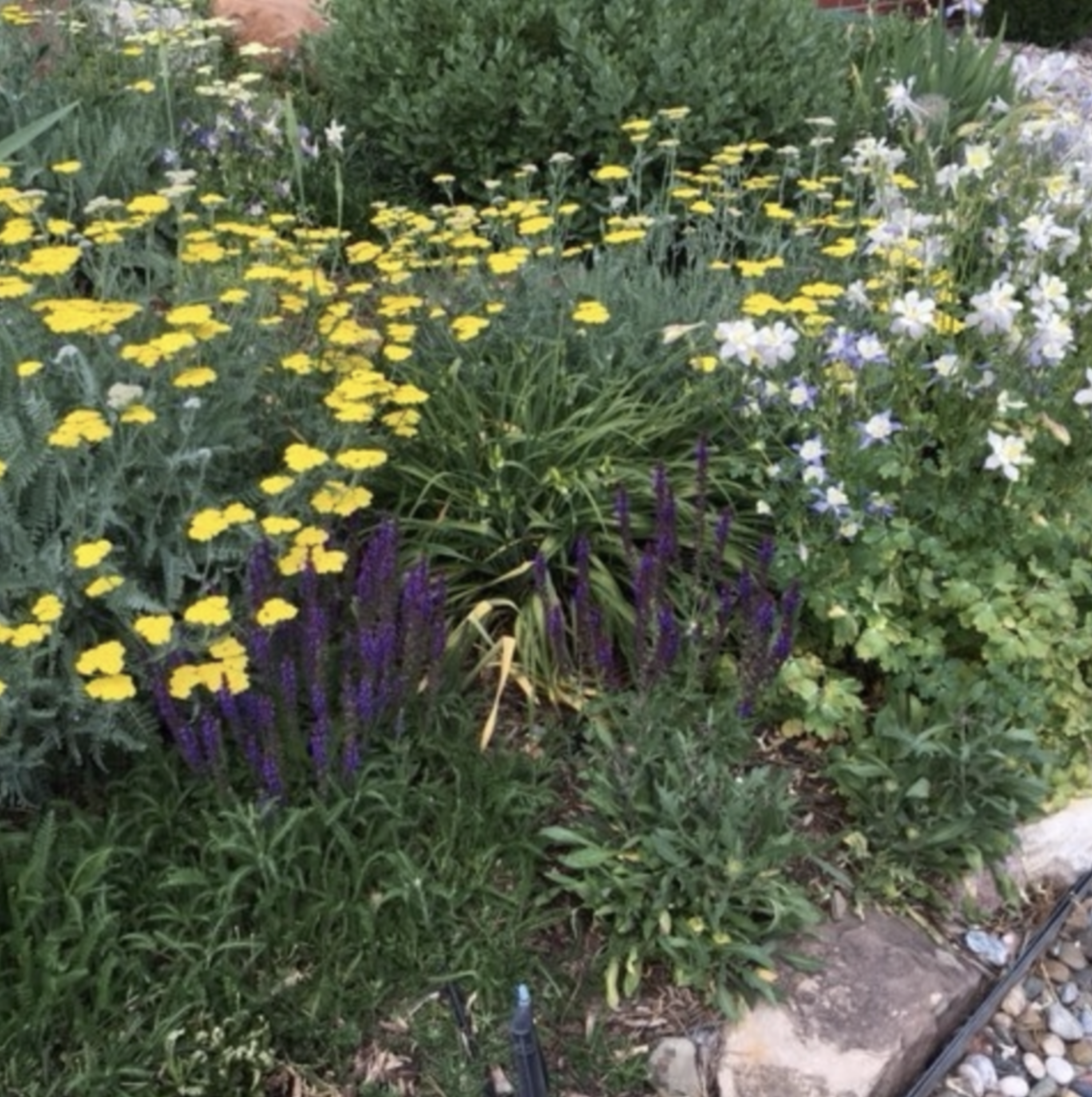Surviving With Flowers
This morning I was delighted to find a single daffodil blooming and “dancing” in the wind in my garden. Spring arrived two days early, I thought. The first daffodil pushing up through grey and lifeless dirt was a promise that nature renews itself with regularity each year, a promise for my summer gardens of pink ice plant, purple salvia, and others to come later, and a promise that my life will be beautiful.
William Wordsworth said it best in his famous poem, “Daffodils.” As a child this was one of my favorite poems.
“I wandered lonely as a cloud
That floats on high o’er vales and hills,
When all at once I saw a crowd,
A host, of golden daffodils;
Beside the lake, beneath the trees
Fluttering and dancing in the breeze….”
In 1953 I was nine, living in western Massachusetts with my parents and little brother. Winters were freezing cold and long. The neighborhood children and I ice-skated on a farm pond almost every day after school, but in March, when the ice began to thaw, it was time to look for signs of spring. I watched for robins to return, for leaf buds to swell on branches, and my favorite: watching for skunk cabbages to poke up in leaf litter next to a small stream deep in our woods. Their green, purple, and brown-splotched pointed hoods covered a very bad-smelling interior. These harbingers of spring meant that fun jack-in-the-pulpits would follow, then bright yellow cowslips, and purple trilliums.
In 1953 I needed something that I could count on, something that was beautiful, and something that I could look forward to each year. These early flowers, simple signs of spring, were reassurance in my world of hurt and pain.
My maternal grandmother, about an hour away, reinforced my search for springtime renewal when I visited her. She knew the best hunting grounds for pussy-willows and pink lady-slippers. After farm chores were complete, I remember her taking my mittened hand and trudging through a wooded marshy area. Spying the first pussy-willows, tiny catkins bursting from still bare branches, was ultimate satisfaction. She pocketed my mittens while encouraging me to touch their soft silkiness, then deftly clipped a few branches for an indoor bouquet.
Pink lady-slippers, as far as the eye could see, carpeted a drier section of the forest. The delicate pink slipper-shaped flower fascinated me. Maybe miniature beings frolicked in these slippers—like in a fairy tale. I picked just a few because my grandmother said we needed to leave some to be sure there would always be lady-slippers to enjoy.
Today I looked for signs of spring, but in my own garden. In contrast to 1953, my daffodils reminded me that now I have a life with countless factors I can depend on, and a beautiful life that I can look forward to each day.
If we gave someone a special gift, we might have given flowers, even from our own garden, because of their beauty and their symbolism of hope, encouragement, gratitude, or love. In early spring of 1953 and throughout each springtime of my tumultuous childhood, flowers were the consistent promise of a better life.





